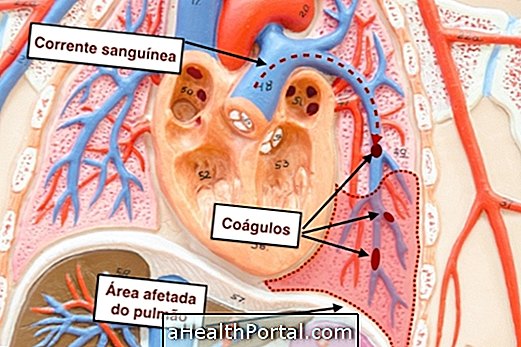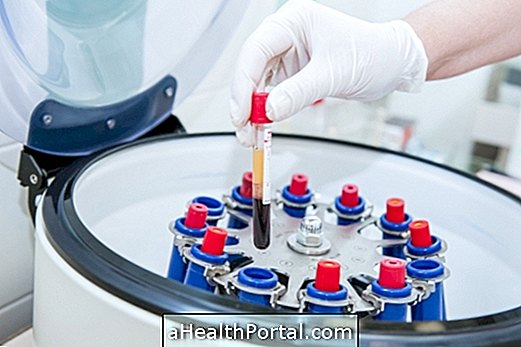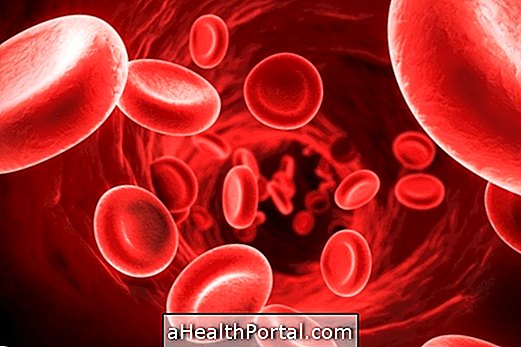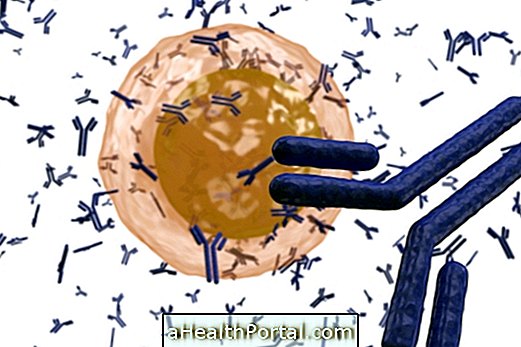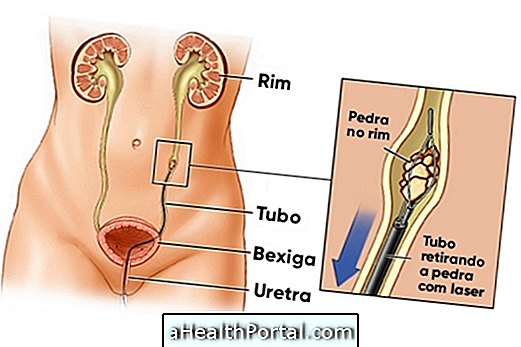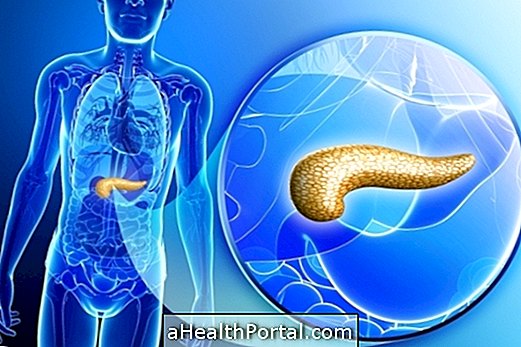Monocytes are a group of cells of the immune system that have the function of defending the body from foreign bodies such as viruses and bacteria. They can be accounted for through blood tests called leukogram or complete blood count, which brings the amount of defense cells in the body.
The monocytes are produced in the bone marrow and are few hours circulating in the circulation, and follow to other tissues, where they undergo differentiation process, receiving the name of macrophage, which has different names according to the tissue in which it is found: Kupffer cells, in the liver, microglia, in the nervous system, and Langerhans cells in the epidermis.
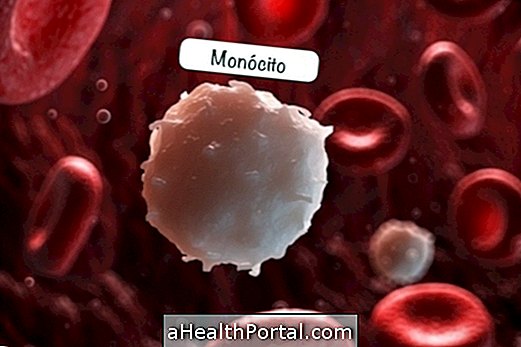
High monocytes
The increase in the number of monocytes, also called monocytosis, is usually indicative of chronic infections, such as tuberculosis, for example. In addition, there may be increased numbers of monocytes due to ulcerative colitis, protozoal infection, Hodgkin's disease, myelomonocytic leukemia, multiple myeloma, and autoimmune diseases such as lupus and rheumatoid arthritis.
The increase of the monocytes usually does not cause symptoms, being perceived only through the blood test, the blood count. However, there may be symptoms related to the cause of monocytosis and should be investigated and treated according to the physician's recommendation. Understand what the blood count is and what it is for.
Low monocytes
When monocyte values are low, a condition called monocytopenia, it usually means that the immune system is weakened, as in cases of blood infections, chemotherapy treatments, and bone marrow problems such as aplastic anemia and leukemia. In addition, cases of skin infections, use of corticosteroids, and HPV infection may also cause decreased numbers of monocytes.
It is rare for the appearance of values close to 0 of monocytes in the blood and, when it occurs, may mean the presence of monoMAC Syndrome, which is a genetic disease characterized by the absence of production of monocytes by the bone marrow, which can result in infections, especially on the skin. In these cases, the treatment is done with medicines to fight the infection, like antibiotics, being necessary also to make a transplant of marrow to cure the genetic problem.
Reference values
Reference values may vary according to the laboratory, but usually corresponds to 2 to 10% of total leukocytes or between 300 and 900 monocytes per mm 3 of blood.
In general, changes in the number of these cells do not cause symptoms in the patient, who only feel the symptoms of the disease that causes the increase or decrease of the monocytes. In addition, in some cases the patient also only discovers that there is some change when doing a routine blood test.
